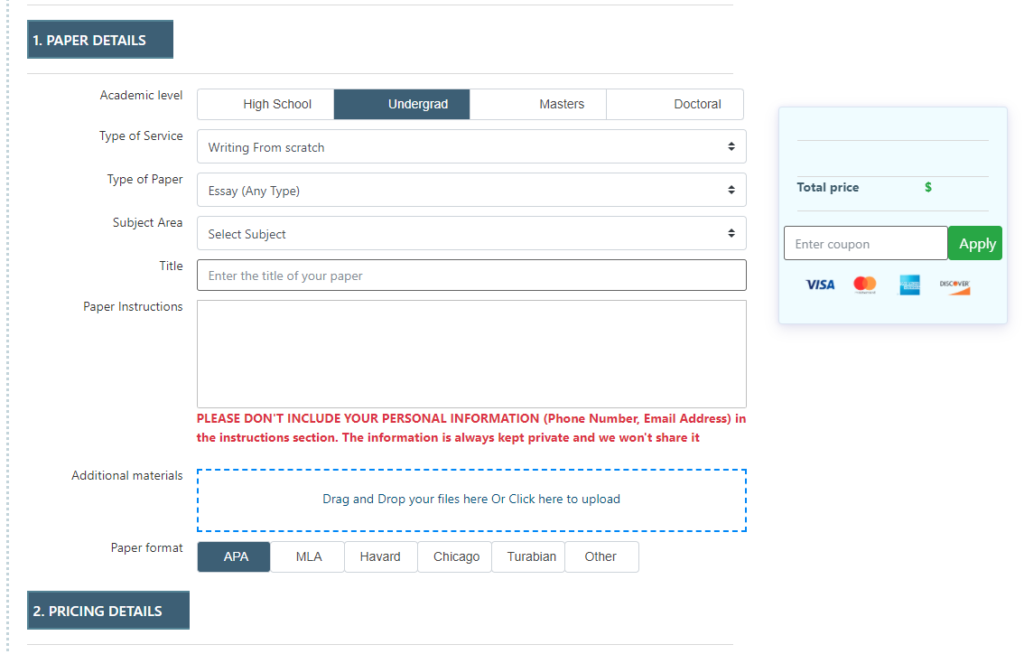1. For each of the events described below, demonstrate how the production possibility curve for agriculture goods and manufacturing goods will shift. a. A drought in the Midwest reduces agricultural yield per acre. b. Advances in computer technology lower the cost of producing manufactured goods but do not affect the cost of producing agricultural goods. c. Civil war disrupts the production of all goods equally in the United States. 2. Point out the faulty reasoning in each of the following statements a. You win a free, nontransferable ticket to a Sheryl Crow concert. Since the ticket is free, you decide to go because “it’s no skin off my back.” b. You have purchased 5 premium apples for $1.99 a pound. When you get home from the grocery store, however, you realize that the apples are not crisp as you’d expected, but mushy. Since you paid top dollar for these apples, you decide you have to eat them. c. Wages in China are lower than in the United States. Therefore, China has a comparative advantage in the production of all goods. 3. State in words and show with a graph the effect of the following events on equilibrium price and quantity of the market given. a. Beetle infestation decimates tobacco crop. Market: cigars. b. Digital image albums become the rage among households while improved technology reduces the cost of producing digital cameras. Market: digital cameras. c. Hurricanes in the Gulf coast cause gasoline supply disruptions while the summer travel season ends. Market: gasoline. 4. Calculate the price elasticity of demand for the following products and state whether demand is price elastic, inelastic, or unit elastic. a. Raw sugar prices rose by 3% and raw sugar consumption declined by 2%. Product: raw sugar. b. Recent research revealed that a 10% increase in the price of cigarettes reduced cigarette smoking among 8th to10th graders by 10%. Product: cigarette purchases among 8th to 10th graders. c. The price of luxury cars increases by 4 percent while the quantity demanded decreases by 8%. Product: luxury cars. 5. Would you expect the following producers to support or not support an increased tax on beer? Explain your answer using the following information: Commodities Cross-price elasticity Beer in response to price changes in wine 0.23 Hard liquor in response to price changes in beer -0.11 a. Producers of wine b. Producers of liquor 6. Use the graph below to answer the following questions: a. Demonstrate the effect of a $15 tax per pair of shoes on equilibrium quantity and equilibrium price. b. What is the new equilibrium price of shoes? Why didn’t the price rise by the amount of the tax? c. Shade the amount of the tax paid by consumers and label it A. What is its numerical value? d. Shade the amount of the tax paid by producers and label it B. What is its numerical value? e. Within this range of prices, is demand more or less elastic than supply? Explain your answer. Answer the question without calculating elasticities. 7. No. of books MU MU/$ No. of Pizzas MU MU/$ 1 480 ______ 1 200 ______ 2 416 ______ 2 196 ______ 3 392 ______ 3 160 ______ 4 320 ______ 4 128 ______ 5 280 ______ 5 88 ______ 6 160 ______ 6 64 ______ 7 88 ______ 7 16 ______ a. How many books and pizzas will Kent purchase if he has $88 to spend? b. What will Kent’s total utility be with his purchases in a? 8. Use the table below to answer the following questions Output Total Cost 0 10 1 20 2 28 3 38 4 53 5 73 6 99 a. What are variable costs of producing 5 units? b. What is average total cost of producing 3 units? c. What is average fixed cost of producing 4 units? d. What is the marginal cost of producing the 2nd unit? e. What is the amount of fixed costs? f. What is average variable cost of producing 1 unit? 9. For each of the following graphs, state the profit-maximizing level of output and state whether the firm is earning a profit, no profit or incurring a loss. Calculate the loss or profit. 10. The graph below represents the demand curve facing a monopolist along with the firm’s average total cost and marginal cost curves. a. What is the firm’s profit-maximizing output? b. What is the firm’s profit-maximizing price? c. Shade in the profit the monopolist earns. 11. Say you place a lump-sum tax (a tax that is treated as a fixed cost) on a monopolist. How will that affect her output and pricing decisions? 12. Consider the DVD rental market. a. Do you think Blockbuster and Hollywood video consider the pricing of their competitor Netflix when setting their prices? Why or why not? b. What is the likely market structure of the video rental market? 13. State whether the following characteristics describe the cartel or the contestable market model of oligopoly. a. Firms act as if they were one firm. b. Barriers to entry and exit, and not market structure, determine price. c. Members assign output quotas. d. Production decisions ensure joint profit-maximization. e. A competitive price could result.
The post 1. for each of the events described below, demonstrate how the appeared first on nursing writers.







